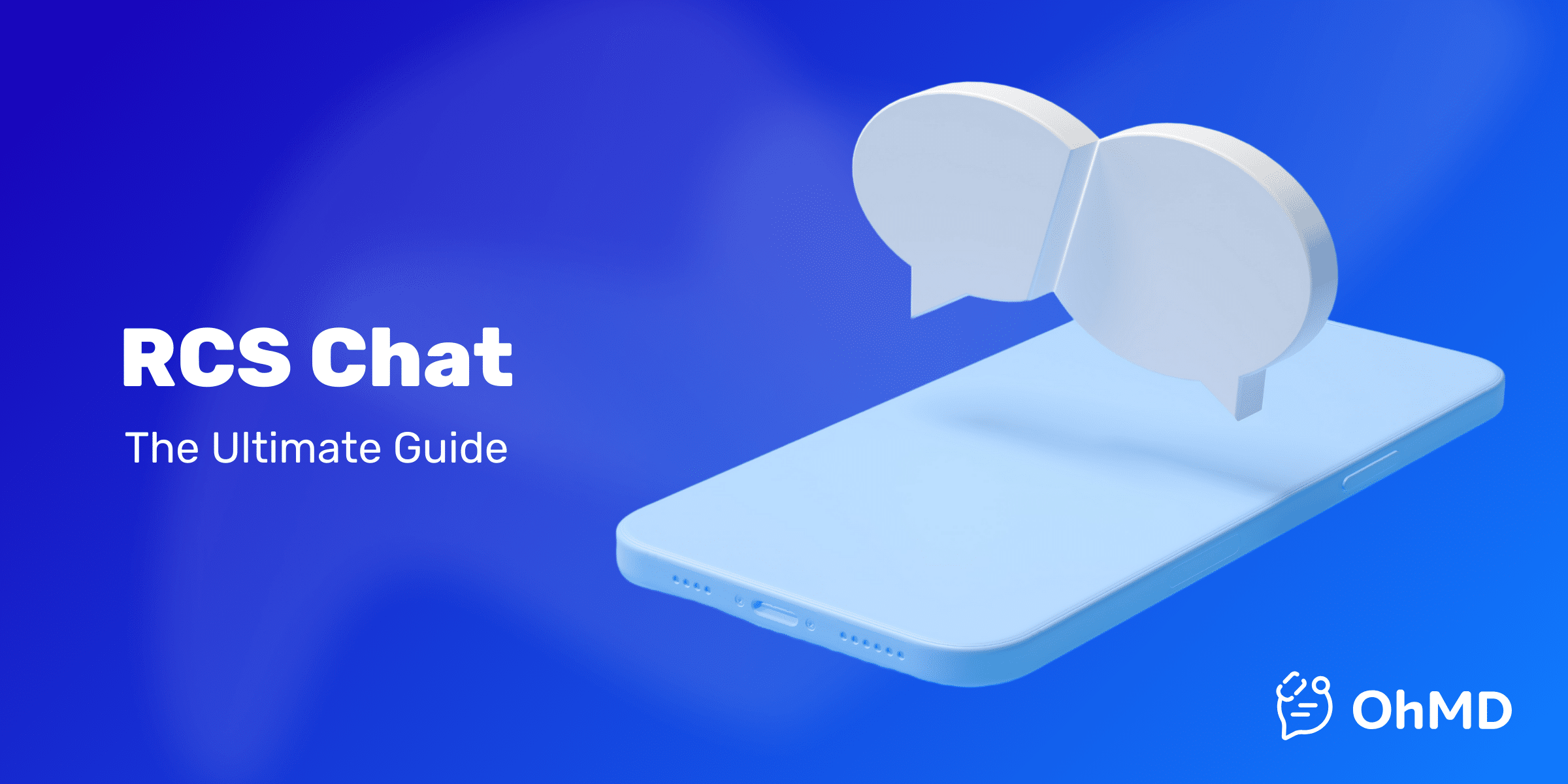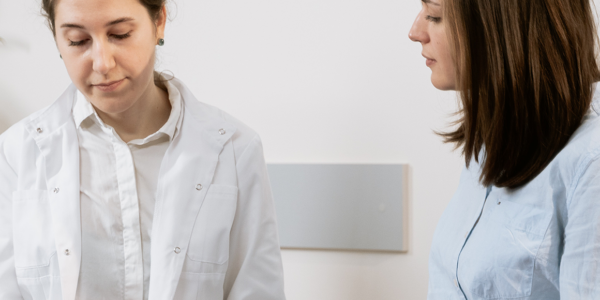Key Takeaways: RCS Chat
- RCS chat enhances text messaging with features like high-quality images, read receipts, and suggested replies.
- It works over Wi-Fi or mobile data and integrates with default texting apps—no extra downloads needed.
- In healthcare, RCS messaging improves communication with patients through personalized, secure, and interactive messages.
- Adoption is growing fast, especially with Apple planning to support RCS, making it more universal.
There’s no question that communication plays a vital role in improving patient experiences. And a new messaging technology is poised to transform how healthcare professionals connect with their patients—RCS messaging.
If you haven’t heard of it, you’re not alone. Most people are still unfamiliar with RCS chat. But that’s about to change. In this guide, we’ll explore what RCS text messaging is, how it works, and why it matters, especially in healthcare.
This is a deep dive into what RCS messaging is, why it’s a leap forward from traditional text messaging, and how it can impact real-world communication, especially between providers and patients. With the rapid evolution of mobile messaging, we’re at a true turning point in how patient communication can happen.
What is RCS Text Messaging?
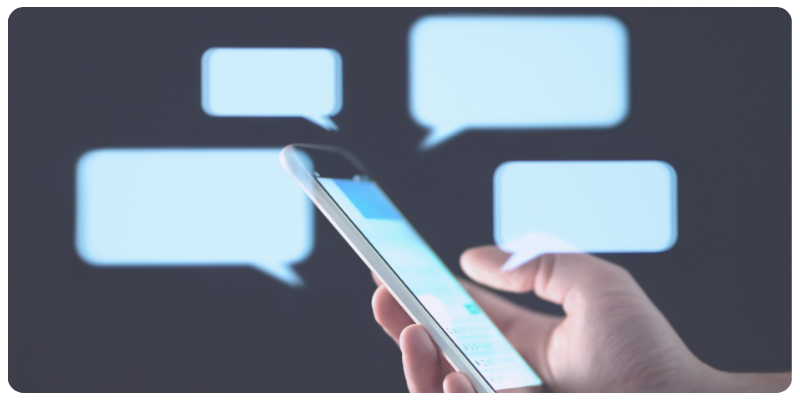
RCS stands for Rich Communication Services. It’s the next generation of messaging, offering an upgrade from SMS (Short Message Service) and MMS (Multimedia Messaging Service). Think of RCS as a modern messaging protocol that brings app-like functionality to your default text messaging app.
Instead of sending plain text or low-resolution images, RCS chat enables features like:
- Read receipts
- Typing indicators
- High-resolution images and videos
- Group messaging
- Suggested replies and interactive buttons
RCS runs over your internet connection (Wi-Fi or mobile data) rather than relying solely on cellular networks. That flexibility makes it easier for users to send and receive messages in more places and with better functionality.
The best part? RCS doesn’t require a special app. As long as your device and carrier support it, it works within the native messaging app on your phone.
What is RCS Chat Used For?
RCS chat can be used in any scenario where people or organizations want to send richer, more interactive messages. In general settings, businesses use RCS for promotions, customer service, order confirmations, and more.
In healthcare, RCS messaging opens the door to:
- Sending appointment reminders with reschedule buttons
- Sharing high-resolution images or videos (e.g., wound care instructions or prescription walkthroughs)
- Following up with patients via automated or personalized messages
- Delivering secure test results or pre-visit information
- Gathering intake forms or consent through embedded links or smart replies
Because RCS doesn’t require patients to download anything, it makes communication frictionless. That’s especially important in healthcare, where accessibility and ease of use can directly impact patient outcomes.
In many cases, healthcare organizations have struggled to strike the right balance between convenience and compliance. With the growing support for HIPAA-compliant RCS platforms, that gap is closing.
Security and HIPAA Compliance With RCS Texting
Security is one of the most critical considerations in healthcare communication. Providers must ensure that any technology they use protects patient privacy and complies with strict regulatory standards like HIPAA.
RCS chat offers stronger security features than traditional SMS or MMS. While not all RCS messages are encrypted by default, many platforms that support RCS—especially those designed for healthcare—include:
- End-to-end encryption: Ensures only the sender and recipient can view the message content.
- Authentication and identity verification: Confirms messages come from verified senders, preventing fraud or spoofing.
- Access controls: Allows organizations to manage who can send or receive sensitive messages internally.
- Secure data storage and retention policies: Ensures archived messages are encrypted and stored in compliance with healthcare regulations.
To be clear, not all RCS implementations are HIPAA compliant on their own. That depends on the vendor, hosting environment, and encryption protocols in place. Healthcare practices should only use RCS through a platform that is explicitly HIPAA-compliant—like OhMD or others that sign Business Associate Agreements (BAAs) and use encrypted channels.
For healthcare providers considering RCS, the bottom line is this: if implemented correctly through the right platform, RCS can be just as secure—if not more secure—than many other forms of patient communication.
RCS Chat vs. SMS. vs. MMS vs. iMessage
To understand the advantages of RCS chat, it helps to compare it with what’s already familiar: SMS, MMS, and iMessage.
Here’s how they stack up:
| Feature | SMS | MMS | iMessage | RCS Chat |
|---|---|---|---|---|
| Message Type | Text only | Text + media (low quality) | Rich media + Apple features | Rich media + Android features |
| Max Characters | 160 | 1,600+ | No limit | No limit |
| Read Receipts | No | No | Yes | Yes |
| Typing Indicators | No | No | Yes | Yes |
| Internet Required | No | No | Yes | Yes |
| Platform Compatibility | All phones | All phones | Apple only | Most Android, soon iOS |
| Encryption | No | No | End-to-end | Yes (when supported) |
| Multimedia Support | Limited | Yes (low quality) | Yes (high quality) | Yes (high quality) |
| Interactive Buttons | No | No | Some | Yes |
| Group Messaging | Yes (basic) | Yes (basic) | Yes | Yes |
| Works Natively on Device? | Yes | Yes | Yes (Apple only) | Yes |
RCS brings many of the best features of iMessage—like read receipts, image previews, and multimedia sharing—to Android users, with added enhancements for business and healthcare use.
Because it’s designed as an open standard supported by carriers, RCS can eventually serve as a cross-platform solution that bridges the messaging gap between iPhones and Android phones.
How RCS Chats Appear on Different Devices
One of the most important things to understand about RCS messaging is that it behaves differently depending on the device and messaging app being used.
On Android:
- RCS is typically enabled by default in the Google Messages app.
- Messages sent through RCS appear similar to those in iMessage, with read receipts, high-resolution images, and suggested replies.
- The user experience is seamless and app-like—without needing a third-party download.
On Apple devices:
- Historically, RCS messages were not supported, which is why Android messages appeared as “green bubbles” in iMessage.
- In 2024, Apple announced it will support RCS messaging, addressing a longstanding barrier in interoperability.
- The iOS implementation of RCS will still differ in some respects, especially when sending between Apple users who are defaulted to iMessage.
Between Android and iPhone:
- Until RCS is fully supported on both sides, cross-device messaging may default back to SMS/MMS.
- Once Apple’s RCS rollout takes place, users can expect a more unified experience—rich media, read receipts, and tap-to-reply features available between devices.
For healthcare communication, this increased interoperability is especially promising. It means providers can reach more patients with engaging, accessible messages—regardless of their device type.
The Evolution of Text Messaging
Text messaging has come a long way since its inception. From simple, character-limited SMS messages to the feature-rich capabilities of RCS Text, healthcare communication has undergone a significant transformation.
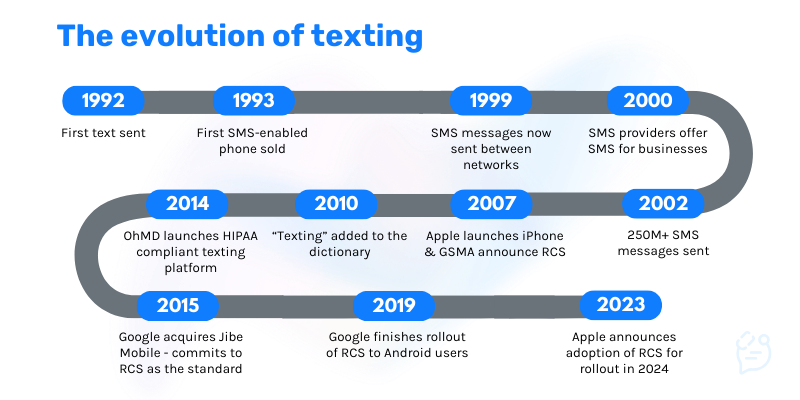
In the past, SMS messages served as a convenient means of communication on a mobile phone, but it does have limitations that can sometimes hinder effective patient-provider interaction. Healthcare professionals have often found themselves struggling to convey complex medical information within the confines of a single text message. This can lead to misunderstandings and potential risks to patient health.
It is the next generation of messaging technology, replacing traditional SMS and MMS messages with a more advanced and feature-rich communication protocol that supports the sharing of multimedia content with data connectivity.
So how does RCS Text work? Unlike SMS or MMS, which rely on cellular networks, RCS Text operates over data connections and benefits from being an open standard provided by your mobile carrier. This means that you can enjoy all the benefits of RCS Text as long as you have an internet connection, whether it’s through Wi-Fi or a mobile data plan. This takes some of the pain out of 100% reliance on having cellular data.
One of the key features of RCS Text is its compatibility with existing messaging apps. This means that you don’t need to download a separate app to access RCS Text. As long as your messages app supports RCS, you can start sending rich and interactive messages right away.
Debunking Myths about RCS Text
As with any emerging technology, misconceptions and myths can arise. Let’s address some common misconceptions surrounding RCS Text and debunk them:
Myth 1: RCS Text is complicated to implement: Contrary to popular belief, implementing RCS Text is relatively straightforward. With the right messaging tool healthcare professionals can seamlessly integrate RCS Text into their existing communication systems.
Myth 2: Patients are hesitant to adopt RCS Text: In reality, patients embrace convenient and efficient communication methods. RCS Text offers a user-friendly interface that patients can easily navigate, making it more likely for them to adopt and engage with this new form of communication.
Myth 3: RCS Text lacks security: Security is a top priority in healthcare, and RCS Text is no exception. HIPAA compliant messaging tools, like OhMD, prioritize data privacy and ensure encryption, authentication, and access controls are in place to safeguard patient information.
For healthcare professionals in particular, RCS Text offers a plethora of features that, if implemented correctly, can revolutionize healthcare communication.
Why RCS text is a game changer healthcare practices
Now that you have a baseline understanding of what is RCS text, now it’s time to understand how can RCS have an impact on your patient communication.
What makes RCS Text particularly exciting for healthcare professionals? The answer lies in its ability to enhance patient communication and engagement. Google reports that with the added functionality and flexibility that an RCS message provides, 74% of people are more likely to engage!
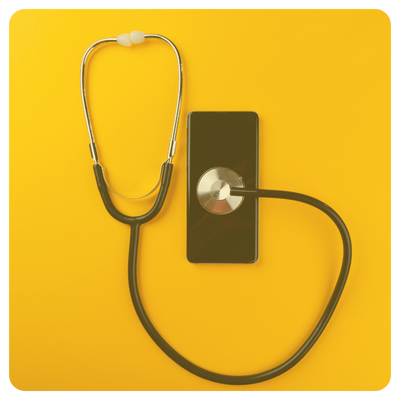
Think about that when considering other methods of communication, like email. We all know our inboxes are stuffed with email that we never get to or get lost. Google research shows that consumers are 35 times more likely to engage with RCS than with email, leading to significantly improved customer engagement, customer loyalty, and customer experience.
That presents a huge opportunity for meaningful connection with your patients.
Imagine being able to send appointment reminders that include multimedia content such as videos explaining pre-visit instructions or high-res images showing prescription labels. RCS Text brings an entirely new level of interactivity and engagement to your patient conversations.
Personalized experience
One of the key benefits of RCS Text messaging is its ability to provide a more personalized and interactive experience. With RCS Text, healthcare professionals can use rich cards and suggested replies to engage patients in a more dynamic conversation.
For example, a doctor can send a rich card with a list of available appointment slots, allowing the patient to simply select a preferred time without the need for back-and-forth messaging. Additionally, RCS chat offers advanced features and the ability to send longer messages to your audience, making it a valuable tool for organizations looking to cover all their messaging bases.
Beyond read receipts
One of the key advantages of RCS Text is its ability to support read receipts and typing indicators, similar to Apple’s iMessage. This means that healthcare professionals can see when their messages have been read by patients, providing reassurance that important information has been received and understood. The typing indicators let both parties know when the other person is composing a response, reducing the uncertainty of waiting for a reply.
This feature enhances accountability and ensures that important information is not overlooked… unlike voice calls which rarely get answered and are easily forgotten.
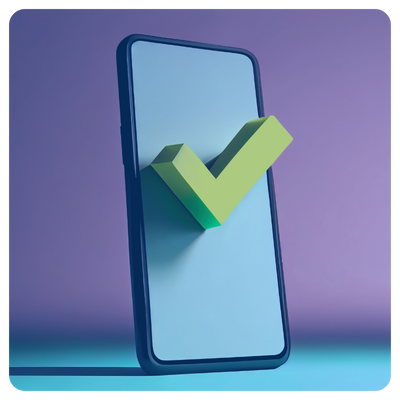
RCS Text also has the potential to provide advanced analytics and reporting capabilities, allowing healthcare organizations to monitor message delivery rates, engagement levels, and overall communication performance.
These insights can help healthcare providers optimize their messaging strategies and improve patient outcomes.
While messaging platforms like OhMD already offer tools like delivery receipts, even for SMS, the advent of RCS has the potential to make patient engagement even easier.
Quality images and videos
With RCS Text, healthcare professionals can now send higher resolution images, videos, and other multimedia files directly within their messages. While you can already send images and other files through MMS (and through patient communication software like OhMD), the quality and flexibility provided by RCS is a level above.
This means that doctors can share X-rays, lab results, or even instructional videos with their patients, allowing for a more comprehensive understanding of their health conditions. Patients can also respond with images or videos, providing visual context to their symptoms or progress. This capability has proven invaluable in telemedicine, where healthcare professionals can now remotely assess visual symptoms and provide accurate diagnoses.
Buttons and Tap Chat
Images and video are one thing, but what is RCS text contributing to patient interactivity? With use cases similar to rich cards, mentioned above, another remarkable feature of RCS Text is its support for interactive buttons and suggested replies.
This messaging protocol streamlines communication by offering predefined options that patients can simply tap on, saving time and effort. For instance, a patient can quickly respond with a “Yes” or “No” to confirm an appointment, eliminating the need for lengthy back-and-forth exchanges. For instance, healthcare providers will be able to send appointment reminders with a button that allows patients to confirm or reschedule their appointments with just a tap. This streamlines the scheduling process and reduces the chances of missed appointments.
Freeing RCS Chat Bots and Automation
RCS Text allows for the integration of chatbots and automated responses. This innovation can transform patient engagement (something that OhMD users have already seen with Webchat and their Autopilot automated texting workflows). It is a possibility with RCS to enable chatbots that can provide instant answers to frequently asked questions, freeing up healthcare professionals’ time for more critical tasks.
Better accessibility
What about accessibility? What is RCS text making possible there? Messages can now be sent over both mobile data and Wi-Fi, making it a versatile and reliable communication tool for healthcare professionals and providing a better user experience for both iOS and Android devices.
Another advantage of RCS Text messaging is its compatibility with different devices and operating systems. Unlike some messaging platforms that are limited to specific devices or require the installation of a separate app, RCS Text works natively on most smartphones, making it easily accessible for both healthcare professionals and patients.
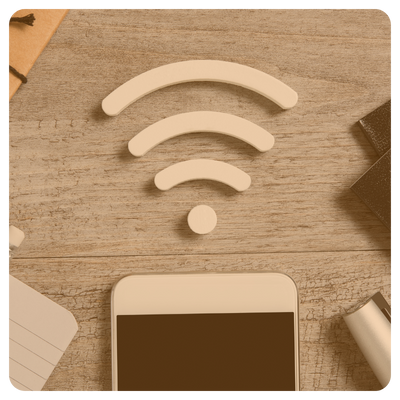
Furthermore, RCS Text messaging has the potential to seamlessly integrate with existing healthcare systems and workflows. It can be integrated with electronic health record (EHR) systems, appointment scheduling platforms, and other healthcare applications, streamlining communication and reducing administrative burden.
RCS Text also offers enhanced group messaging capabilities – crucial for colleague to colleague conversations and in other scenarios like family care where multiple stakeholders need to be remain informed through the care journey. Healthcare providers can create group chats to facilitate communication among care teams, allowing for quick and efficient collaboration. This is particularly useful in emergency situations or when multiple specialists need to be involved in a patient’s care.
Enhanced security
Use of RCS messaging ensures a secure and reliable messaging experience for sending rich media content. It utilizes end-to-end encryption to protect sensitive patient information, ensuring that conversations remain private and confidential. This level of security is crucial in the healthcare industry, where patient privacy is of utmost importance. In addition, RCS Text messaging offers enhanced security features to protect sensitive patient information. Messages are encrypted end-to-end, ensuring that only the intended recipient can access the content. This level of security is crucial in the healthcare industry, where patient privacy and data protection are of utmost importance.
Benefits of RCS Text in simpler terms

Features are one thing. What kind of benefits might a healthcare practice actually see when implementing RCS Text?
Asking “What is RCS Chat? Instead ask “What will RCS chat do for me?” The overall Benefits:
1. Enhanced Patient Engagement: RCS Text encourages active patient participation by offering interactive functionalities. Patients can easily respond to surveys, schedule appointments, or ask questions, enabling a true collaboration between healthcare providers and patients.
2. Improved Care Coordination: RCS Text streamlines care coordination by allowing healthcare professionals to communicate and share information in real-time with chat enhancements and group messaging functionality. From coordinating referrals to discussing treatment plans, RCS Text ensures that everyone involved in a patient’s care is on the same page.
3. Secure and HIPAA Compliant: One of the most crucial aspects of healthcare communication is data security. RCS Text prioritizes patient privacy by adhering to HIPAA regulations, ensuring that sensitive information remains confidential and protected.
4. Time and Cost Efficiency: With RCS Text, healthcare professionals can save valuable time and resources. The ability to send information quickly and efficiently cuts down on phone tag, missed calls, and unnecessary paperwork, resulting in a more streamlined workflow.
5. Timely Communication: RCS Text enables healthcare professionals to send important updates and reminders in real-time, ensuring that patients receive essential information promptly.
6. Enhanced Patient Satisfaction: By offering a user-friendly and familiar messaging platform, RCS Text promotes patient satisfaction and engagement. Patients can communicate with their healthcare providers efficiently, driving a sense of empowerment and involvement in their own care.
7. Care Continuity: RCS Text facilitates seamless communication between healthcare providers, enabling them to coordinate care efficiently and minimize any gaps in the patient’s healthcare journey.
8. Reduced No-Shows: With RCS Text, healthcare organizations can send automated reminders and appointment notifications, reducing the number of patient no-shows. This leads to optimized scheduling and resource allocation.
Benefits In Patient Care:
A key aspect of healthcare communication is patient engagement – the active involvement of patients in their own care. RCS Text messaging offers several features that promote patient engagement:
1. Interactive Conversations: RCS Text allows patients to engage in two-way conversations with healthcare providers, offering practical advice, answering questions, and fostering a sense of collaboration.
2. Health Education Materials: Healthcare professionals can send educational materials, such as infographics, videos, or links to reliable resources, empowering patients to make informed decisions about their health.
3. Surveys and Feedback: RCS Text enables the easy distribution of patient satisfaction surveys and the collection of feedback, supporting continuous improvement in healthcare services and patient experiences.
Benefits In Care Coordination:
Effective care coordination is crucial for delivering comprehensive and patient-centered healthcare. RCS Text messaging plays a significant role in improving care coordination in several ways:
1. Real-Time Communication: Healthcare providers can communicate critical information, such as test results or treatment plans, instantly through RCS Text, ensuring everyone involved in a patient’s care is on the same page.
2. Seamless Collaboration: RCS Text enables healthcare professionals across different specialties and departments to collaborate efficiently and discuss patient cases without the need for lengthy phone calls or in-person meetings.
3. Appointment Scheduling and Reminders: RCS Messaging streamlines the appointment scheduling process, allowing patients to request appointments, and receive reminders and notifications, reducing missed appointments and optimizing resource utilization.
Benefits In Telehealth:
With the increasing adoption of telehealth and remote patient monitoring, RCS Text messaging serves as a valuable tool to bridge the gap between patients and healthcare providers. Here’s how RCS Text can enhance these modalities:
1. Secure Communication: RCS Chat offers a secure and HIPAA compliant channel for patients to communicate with healthcare professionals during telehealth visits or remote monitoring sessions, ensuring privacy and confidentiality.
2. Real-Time Support: RCS Text enables patients to reach out to healthcare providers instantly and receive immediate support during remote patient monitoring. This ensures timely intervention and reduces potential complications.
3. Medication Adherence: RCS Text can be utilized to send medication reminders and track patient adherence to prescribed treatments, helping healthcare providers monitor patient progress remotely and intervene as necessary.
HIPAA RCS Messaging – Benefits In Security:
HIPAA compliance is of utmost importance in healthcare. When utilizing RCS Text messaging, it is crucial to choose a messaging tool that meets the stringent security standards required in the industry:
1. End-to-End Encryption: Messages sent via RCS Text should be encrypted from end to end, ensuring that only the intended recipients can access the information. This safeguards patient data and maintains confidentiality.
2. Access Controls: Implement secure access controls that restrict unauthorized access to patient information. Role-based authentication and permission-based settings ensure that only authorized personnel can view and interact with sensitive information.
3. Data Storage and Retention: RCS Text messaging tools should adhere to secure data storage and retention policies. This includes regular backups, secure server infrastructure, and secure disposal of data when no longer needed.
Tips and Tricks for Using RCS Text Effectively
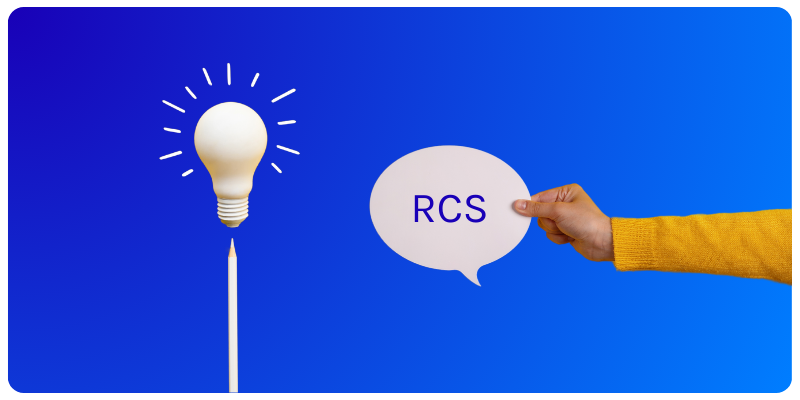
While RCS Text offers numerous benefits, it’s essential to leverage its functionalities effectively. Here are some tips and tricks that healthcare professionals can employ to maximize the potential of RCS Text:
1. Establish Communication Guidelines: Set clear guidelines for appropriate and effective messaging communication. Define response times, message frequency, and the type of information that should be shared via RCS Text.
2. Use Multimedia Wisely: Take advantage of RCS Text’s multimedia capabilities judiciously. Share images, videos, or audio messages when it adds value to the conversation and enhances understanding.
3. Personalize and Automate Messages: Utilize message templates and personalization features to create customized messages for patients. This saves time and ensures consistency while maintaining a personal touch.
4. Train Staff and Encourage Adoption: Provide training to staff members to ensure they understand how to utilize RCS Text effectively. Encourage adoption and highlight the benefits to drive widespread acceptance and usage.
Implementing RCS Text in Healthcare: Best Practices and Considerations
Now that you’ve seen some of the ways RCS can be used in healthcare, the question is how do you use it effectively? Here’s a simple takeaway for you. Save it, share it, refer back to it as you consider your next moves with implementing RCS:
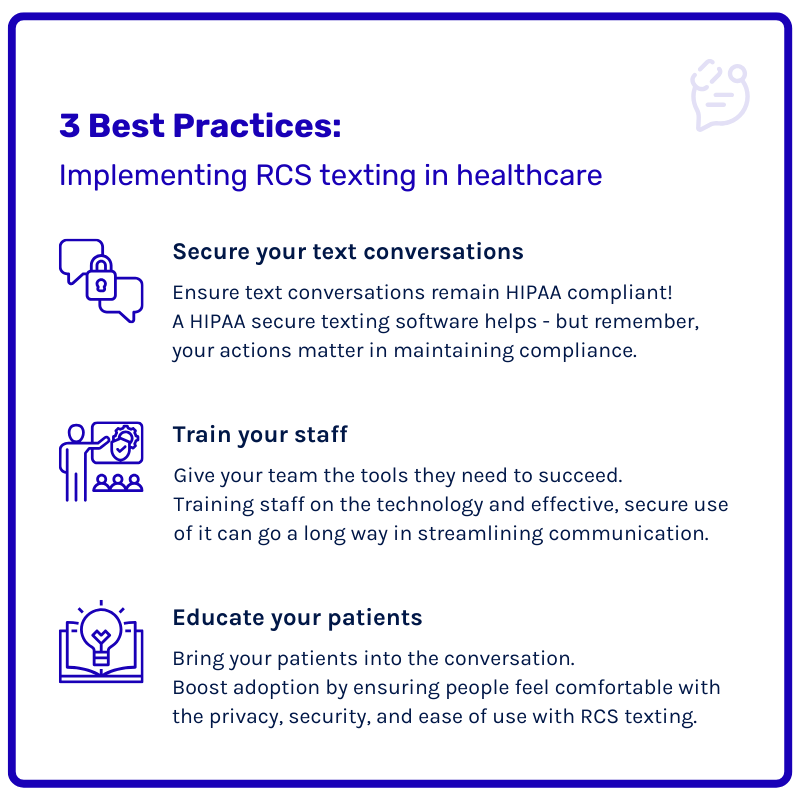
When implementing RCS Text messaging in healthcare, some best practices and considerations should be taken into account to ensure seamless integration and effective communication
1. Choose a HIPAA Compliant Messaging Platform: Select a messaging solution, such as OhMD, that provides end-to-end encryption, secure data storage, and adherence to HIPAA regulations to safeguard patient information. It also helps to find a platform that is already thinking with RCS in mind, like that of OhMD.
2. Foster Collaboration and Training: Encourage open communication between healthcare professionals and IT teams. Conduct comprehensive training sessions to ensure that staff members understand how to use RCS Text effectively and securely.
3. Educate Patients: Introduce patients to RCS Text messaging and explain the benefits and features it offers. Address any concerns they may have regarding privacy, security, and ease of use to maximize patient adoption and engagement.
Overcoming Challenges in Adopting RCS Text Messaging in Healthcare Settings

As with any new technology, healthcare organizations may encounter challenges during the adoption of RCS Text messaging. Being aware of these challenges and implementing strategies to overcome them is essential:
1. Resistance to Change: Some healthcare professionals may be hesitant to adopt new technologies. Encourage open dialogue, provide training, and highlight the benefits of RCS Text messaging to overcome resistance and drive adoption.
2. Technical Integration: Ensure that the chosen messaging tool seamlessly integrates with existing healthcare systems, such as electronic health records (EHR) or patient portals. Test compatibility and functionality before full-scale implementation.
3. Patient Compliance: Educate patients about the benefits of RCS Text messaging and address any concerns they may have. Offer support and guidance throughout the transition to ensure patient compliance and engagement.
Future Trends and Innovations in RCS Text for Healthcare Professionals
The world of healthcare communication is constantly evolving, and RCS Text messaging is no exception. Some exciting future trends and innovations to look out for include:
1. Artificial Intelligence and Chatbots: Integration of AI-driven chatbots into RCS Text messaging can provide instant responses to common patient queries, offer personalized recommendations, and enhance overall patient experiences.
2. Seamless EHR Integration: RCS Text messaging is expected to integrate seamlessly with electronic health record systems, allowing healthcare professionals to access patient information and provide personalized care directly within the messaging platform.
3. Advanced Multimedia Capabilities: The future of RCS Text messaging may include more advanced multimedia features, such as augmented reality (AR) and virtual reality (VR) support, enabling immersive patient education and remote consultations.
RCS text messaging in healthcare: the big takeaways
RCS Text messaging holds immense potential for healthcare communication, empowering both patients and providers. However, it is essential to understand the specific considerations and benefits that apply to healthcare settings.
To begin with, healthcare professionals must choose a messaging solution that is designed with HIPAA compliance in mind. OhMD is a prime example of such a solution, providing the necessary security measures and features required for healthcare communication.
Furthermore, healthcare organizations need to establish proper protocols and policies for utilizing RCS Text messaging. This includes educating staff members, defining message content guidelines, and ensuring compliance with industry regulations.
It’s also worth noting that there is a growing expectation among consumers that when they are texted they can respond and have a two-way conversation. In fact,studies have shown that 74% of clients want a human to respond to their text.
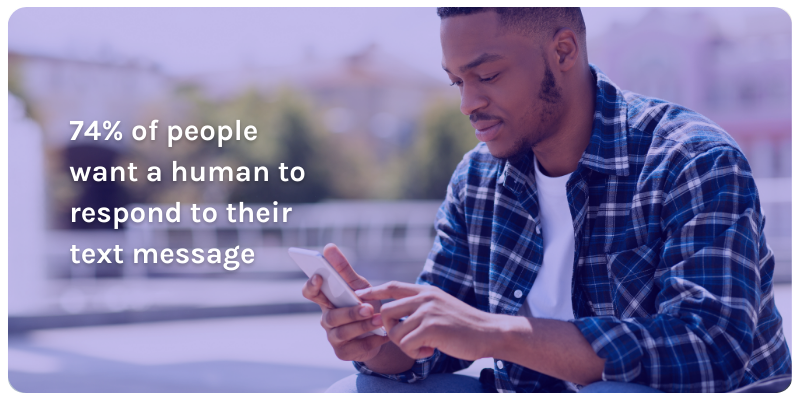
RCS Text messaging is transforming healthcare communication, offering healthcare professionals and patients a comprehensive and engaging messaging experience.
By embracing the technological advancements of RCS Text and utilizing secure messaging tools like OhMD, healthcare professionals can enhance patient engagement, streamline care coordination, and ultimately improve health outcomes. As the industry continues to evolve, staying updated on best practices and leveraging future trends in RCS Text messaging will further revolutionize healthcare communication for the benefit of all.
Frequently Asked Questions: RCS Texting
Here are some answers to frequently asked questions about RCS texting.
Do RCS chats use data from my phone plan?
Yes. RCS messages are transmitted over the internet, which means they use either mobile data or Wi-Fi—similar to iMessage or WhatsApp. Unlike SMS, which uses your cellular network and does not require a data connection, RCS depends on having an active internet connection to send and receive messages. However, the data usage is typically minimal, even when sending images or videos.
For patients who are concerned about data limits, using RCS while connected to Wi-Fi can help avoid extra charges. From a provider standpoint, this internet-based delivery allows messages to be sent more reliably in areas with poor cell service, as long as Wi-Fi is available.
Are RCS chats encrypted?
They can be—but it depends on how RCS is implemented. Google’s Messages app, for example, offers end-to-end encryption for one-on-one RCS conversations. That means only the sender and recipient can read the contents of the message.
However, not all messaging platforms or carriers offer encryption by default. For healthcare organizations, it’s critical to use an RCS solution that guarantees end-to-end encryption and complies with HIPAA regulations. A HIPAA-compliant messaging platform like OhMD ensures that encryption protocols are in place and properly managed to protect patient health information.
Are RCS chats safe?
RCS chat can be very safe—if used correctly. Safety depends on the platform, the network, and the configuration. A consumer using RCS through a standard messaging app may have encryption for personal messages, but not for all conversations, especially group chats or messages to businesses.
In a healthcare context, safety is about more than just encryption. It also includes secure data storage, access controls, message authentication, and compliance with industry regulations. When used through a platform designed for HIPAA compliance, RCS becomes a highly secure way to communicate sensitive medical information.
To keep RCS messaging safe:
- Choose a HIPAA-compliant messaging partner
- Educate staff on best practices
- Limit use to secure, authorized devices
- Ensure patients understand how their messages are protected
When these measures are in place, RCS can be just as safe—if not safer—than many other communication tools used in healthcare today.

